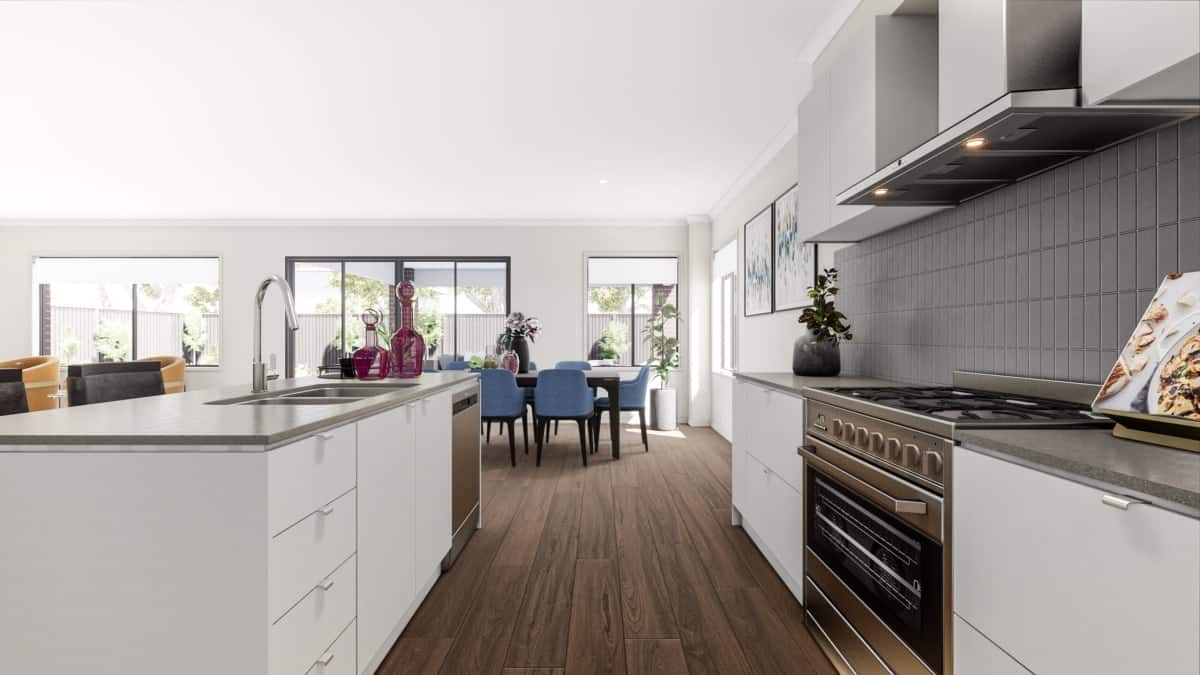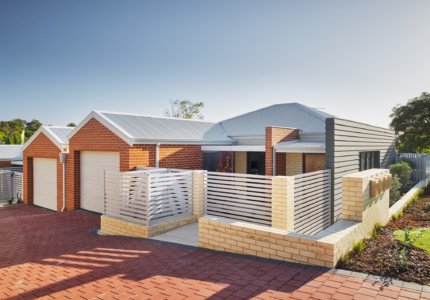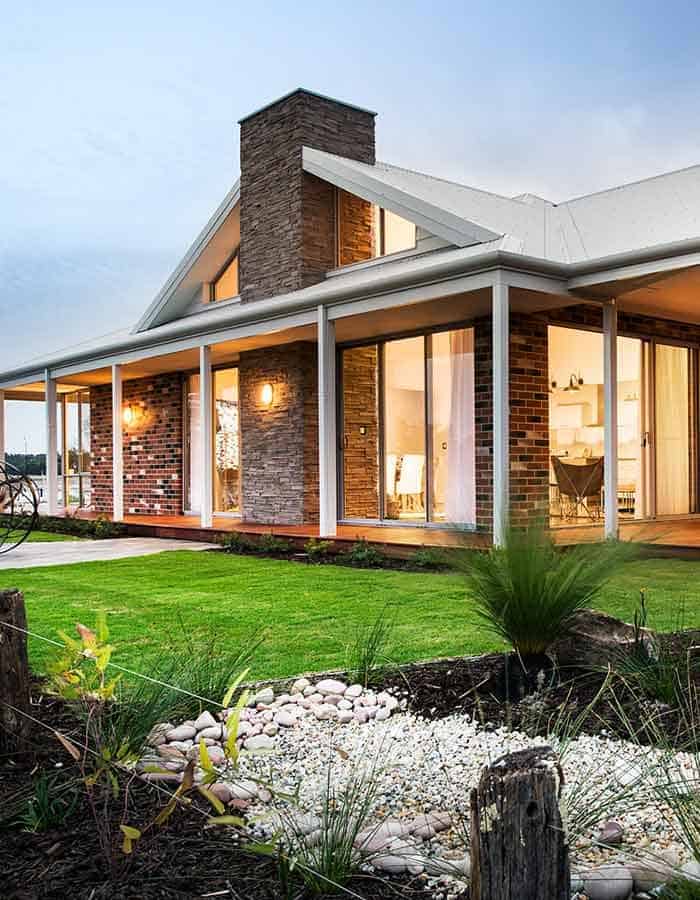Sustainable Building Materials and Techniques
Drop a Line if you have a Question!
Materials and Techniques
Are you interested in learning about sustainable building materials and techniques? Look no further!
In this article, we will explore the benefits of using sustainable materials, various types available, and innovative construction techniques that promote sustainability.
You will discover how these practices not only help the environment but also save you money in the long run.
Get ready to be inspired by real-life case studies showcasing successful implementation of sustainable materials and techniques.
Let’s dive in!

Benefits of Sustainable Building Materials and Techniques
You’ll be surprised at the numerous benefits of using sustainable building materials and techniques.
When you choose sustainable materials for your construction projects, you contribute to the preservation of the environment. By using renewable resources like bamboo, reclaimed wood, or recycled materials, you help reduce deforestation and promote responsible sourcing.
Not only that, but sustainable building materials also have a lower carbon footprint compared to traditional materials, reducing greenhouse gas emissions and global warming.
In addition to the environmental benefits, sustainable techniques, such as energy-efficient designs and green roofs, can significantly lower energy consumption and utility bills.
Furthermore, sustainable buildings often provide better indoor air quality, thanks to non-toxic materials that minimize the release of harmful chemicals.
Overall, embracing sustainable building materials and techniques is not only good for the planet, but it also brings numerous advantages for your wallet and well-being.
Types of Sustainable Building Materials
There are numerous options available for utilizing eco-friendly materials in construction. One of the most popular choices is using recycled materials, such as reclaimed wood or recycled concrete. These materials not only reduce waste but also have a smaller carbon footprint compared to their non-recycled counterparts.
Another option is using renewable materials, like bamboo or cork, which grow quickly and can be harvested sustainably. These materials are not only durable but also provide natural insulation and are biodegradable.
Additionally, there are green alternatives to traditional building materials, such as recycled plastic composites or low-VOC paints, which help reduce air pollution and toxic emissions.
Innovative Techniques for Sustainable Construction
To create a more environmentally-friendly structure, consider implementing cutting-edge methods that prioritize sustainability in your construction projects.
One innovative technique is the use of green roofs, which involve covering rooftops with vegetation to reduce energy consumption and improve air quality.
Another method is the incorporation of passive design strategies, such as orienting buildings to maximize natural light and ventilation. By utilizing energy-efficient HVAC systems and insulation materials, you can significantly reduce energy consumption.
Additionally, consider using recycled or reclaimed materials for construction, such as reclaimed wood or recycled steel, to minimize waste and reduce the depletion of natural resources.
Finally, implementing rainwater harvesting systems and grey water recycling can help conserve water resources.
Cost-effectiveness of Sustainable Building Practices
Consider incorporating cost-effective practices into your construction projects to ensure that sustainability is achievable without compromising your budget.
When it comes to sustainable building materials and techniques, it’s essential to strike a balance between environmental responsibility and financial viability. Luckily, there are numerous cost-effective options available that can help you achieve both goals.
For instance, using recycled or reclaimed materials can significantly reduce costs while minimizing the demand for new resources. Additionally, implementing energy-efficient systems and designs can lead to long-term savings on utility bills.
It’s also important to consider the lifespan and maintenance requirements of materials to ensure that they are durable and require minimal upkeep.
Case Studies: Successful Implementation of Sustainable Materials and Techniques
You can learn from real-life examples of how sustainable practices have been successfully implemented in construction projects.
For instance, the Bullitt Center in Seattle is a prime example of sustainable building. This six-story office building is equipped with solar panels, rainwater harvesting systems, and composting toilets. It also uses recycled and locally sourced materials for construction. The Bullitt Center demonstrates how sustainable practices can be integrated into every aspect of a building’s design and operation.
Another example is the Pixel Building in Melbourne. This multi-purpose facility boasts energy-efficient lighting systems, a green roof, and a rainwater harvesting system.
Conclusion
In conclusion, sustainable building materials and techniques offer numerous benefits. These include reducing environmental impact, improving energy efficiency, and promoting healthier living spaces. By using eco-friendly materials like recycled steel, bamboo, or reclaimed wood, and adopting innovative construction techniques like green roofs or passive solar design, you can contribute to a more sustainable future.
Not only are these practices better for the planet, but they can also save you money in the long run. So, why not embrace sustainability and create a greener, healthier, and more cost-effective building?

Have a question?
Become a























